The rough granites
jerzeegirl
11 years ago
Related Stories
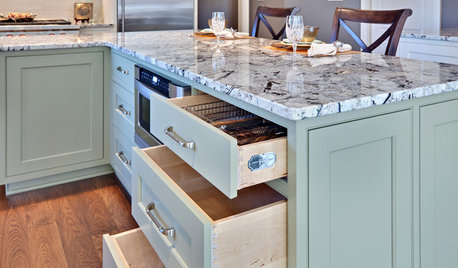
KITCHEN DESIGNWhat Goes With Granite Counters?
Coordinate your kitchen finishes beautifully by choosing colors that complement granite’s natural tones
Full Story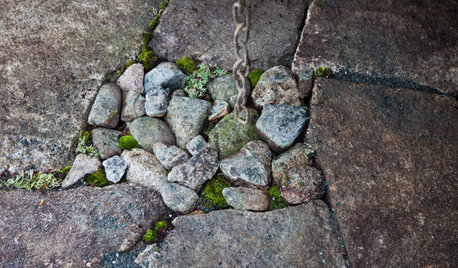
PATIOSLandscape Paving 101: Some Reasons to Go for Granite
Thinking about a new patio or path? Invest in granite for its durability and low maintenance
Full Story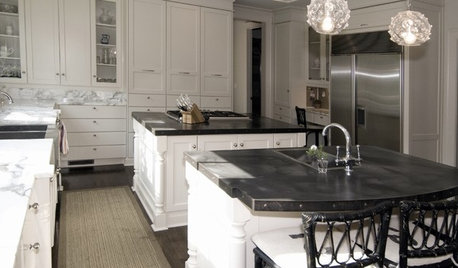
KITCHEN COUNTERTOPSKitchen Countertop Materials: 5 More Great Alternatives to Granite
Get a delightfully different look for your kitchen counters with lesser-known materials for a wide range of budgets
Full Story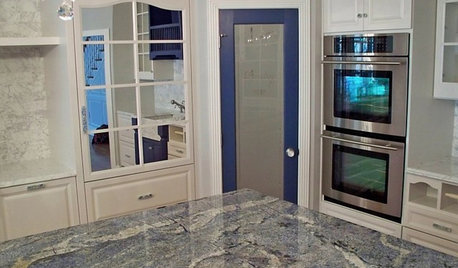
KITCHEN COUNTERTOPSKitchen Counters: Granite, Still a Go-to Surface Choice
Every slab of this natural stone is one of a kind — but there are things to watch for while you're admiring its unique beauty
Full Story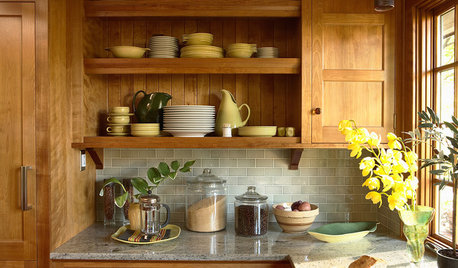
KITCHEN BACKSPLASHESHow to Choose a Backsplash for Your Granite Counters
If you’ve fallen for a gorgeous slab, pair it with a backsplash material that will show it at its best
Full Story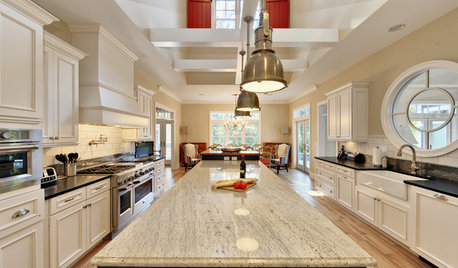
KITCHEN COUNTERTOPSKitchen Countertops: Granite for Incredible Longevity
This natural stone has been around for thousands of years, and it comes in myriad color options to match any kitchen
Full Story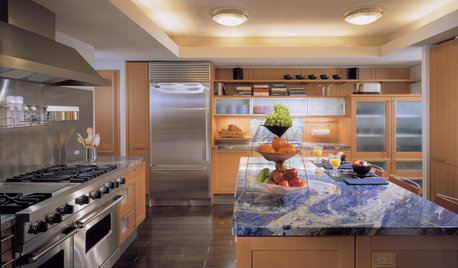
KITCHEN DESIGNAlternatives to Granite Countertops, Part II
Still looking for a new kind of countertop? Try sodalite, zinc, limestone, onyx and more
Full Story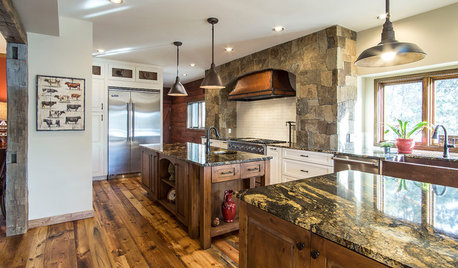
RUSTIC STYLEKitchen of the Week: A Renovation Full of Rugged Colorado Spirit
Stone, copper, reclaimed wood, granite and steel bring the Rocky Mountains into this room
Full Story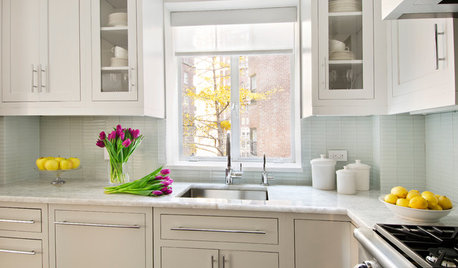
KITCHEN COUNTERTOPSKitchen Counters: Quartzite Offers Strength and Beauty
Eye-catching patterns and a natural pedigree make durable quartzite a popular alternative to granite and marble
Full Story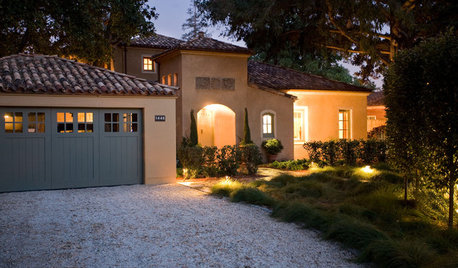
REMODELING GUIDESGravel Driveways: Crunching the Pros and Cons
If you want to play rough with your driveway, put away the pavers and choose the rocky road
Full StoryMore Discussions






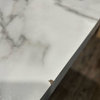

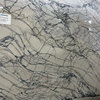
Granite City Services
jerzeegirlOriginal Author
Related Professionals
Four Corners Kitchen & Bathroom Designers · Pike Creek Valley Kitchen & Bathroom Designers · Springfield Kitchen & Bathroom Designers · Buffalo Grove Kitchen & Bathroom Remodelers · Olney Kitchen & Bathroom Remodelers · Oxon Hill Kitchen & Bathroom Remodelers · Joppatowne Kitchen & Bathroom Remodelers · Bullhead City Cabinets & Cabinetry · Harrison Cabinets & Cabinetry · Lakeside Cabinets & Cabinetry · Manville Cabinets & Cabinetry · Palos Verdes Estates Cabinets & Cabinetry · South Riding Cabinets & Cabinetry · Beachwood Tile and Stone Contractors · Mililani Town Design-Build FirmsGranite City Services
jerzeegirlOriginal Author
julie94062
julie94062
jerzeegirlOriginal Author
bostonpam
cindaintx